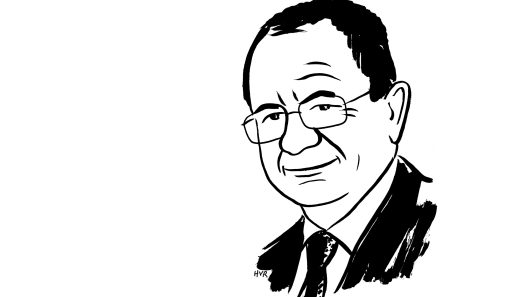On 17 November, the UN Security Council approved Resolution 2803 (2025), transforming US President Donald Trump’s proposed plan for resolving the conflict in the Gaza Strip from a political declaration into an international legal document. Thirteen of the 15 Security Council members voted in favour, with Russia and China abstaining. However, the actual situation in Gaza differs from what is stated in the resolution.
The main provisions of Trump’s plan
The plan envisages a whole range of measures aimed at ending the war and subsequently transforming the Gaza Strip:
- a ceasefire;
- the return of Israeli hostages, including the bodies of those killed;
- the release of about 2,000 Palestinian prisoners and administrative detainees;
- the disarmament of Hamas and the organisation’s refusal to participate in the governance of Palestine;
- the introduction of an international stabilisation force and the gradual transfer of control over the Gaza Strip from the Israel Defence Forces to this force;
- the creation of an international transitional administration;
- the launch of a programme for the reconstruction and economic recovery of Gaza;
- in the long term, the reform of the Palestinian National Authority and the transfer of authority over the Gaza Strip to it, followed by movement ‘towards Palestinian statehood’.
The plan has received preliminary support from all key players in the Middle East: Israel, the Arab League countries, Egypt, Jordan, Saudi Arabia, Qatar, the UAE, Turkey, Indonesia and Pakistan. However, its practical implementation faces serious obstacles.
Despite the ceasefire agreement, there has been no complete end to the fighting in Gaza. Israel is carrying out targeted strikes, not all of the bodies of Israelis killed have been returned, and Hamas is showing neither a willingness to disarm nor a desire to give up its participation in political life. Israeli Prime Minister Benjamin Netanyahu categorically rejects the idea of Palestinian statehood, even in the most distant future. At the Security Council meeting, it was this point that caused the most controversy. Russia and China abstained, partly because of the vagueness of the wording concerning the future political status of Palestine.
In the West Bank, radical Israeli settlers have become more active, with frequent attacks on Palestinian villages and clashes with the Israeli military. All this undermines Trump’s statements about the ‘beginning of a lasting peace.’
The ‘yellow line’ becomes a de facto border
Today, the Gaza Strip is divided roughly in half: one half is controlled by the Israel Defence Forces, the other by Hamas. The border is the so-called ‘yellow line’ — the IDF withdrawal line outlined in Trump’s plan. Almost immediately after the plan came into force, Israeli Defence Minister Israel Katz ordered it to be marked on the ground: concrete blocks painted yellow were installed along the line at intervals of 200 metres. Any Palestinian who crosses this line risks being fired upon by the Israeli military. Initially conceived as a temporary measure, the ‘yellow line’ is rapidly becoming a de facto permanent border.
In political circles in Israel and the United States, the idea of dividing Gaza is gaining popularity: on one side of the line, a territory controlled by an international administration with access to aid and investment; on the other, an area controlled by Hamas, effectively isolated.
Parallels are being drawn with divided Berlin in the period 1945–1961: two different models of development coexisting side by side; residents could ‘vote with their feet’ by moving from one part to another while it was physically possible. In this scenario, the temporary line could eventually become a permanent barrier. This approach contradicts both Trump’s original plan and the Security Council resolution, but it is already being partially implemented.
Next steps in the international process
The international community must approve the composition of the Peace Council, the key body of the transitional administration, and determine the composition of the International Stabilisation Forces. Donald Trump is expected to head the Council. Tony Blair, who developed part of the current plan, is among the possible members. The composition of the ISF has not yet been determined. It is assumed that the forces will be formed from the armies of Muslim countries: Egypt, Turkey, Indonesia, and Pakistan. However, none of these countries has yet given its final consent, unwilling to take on a potentially risky mission.

